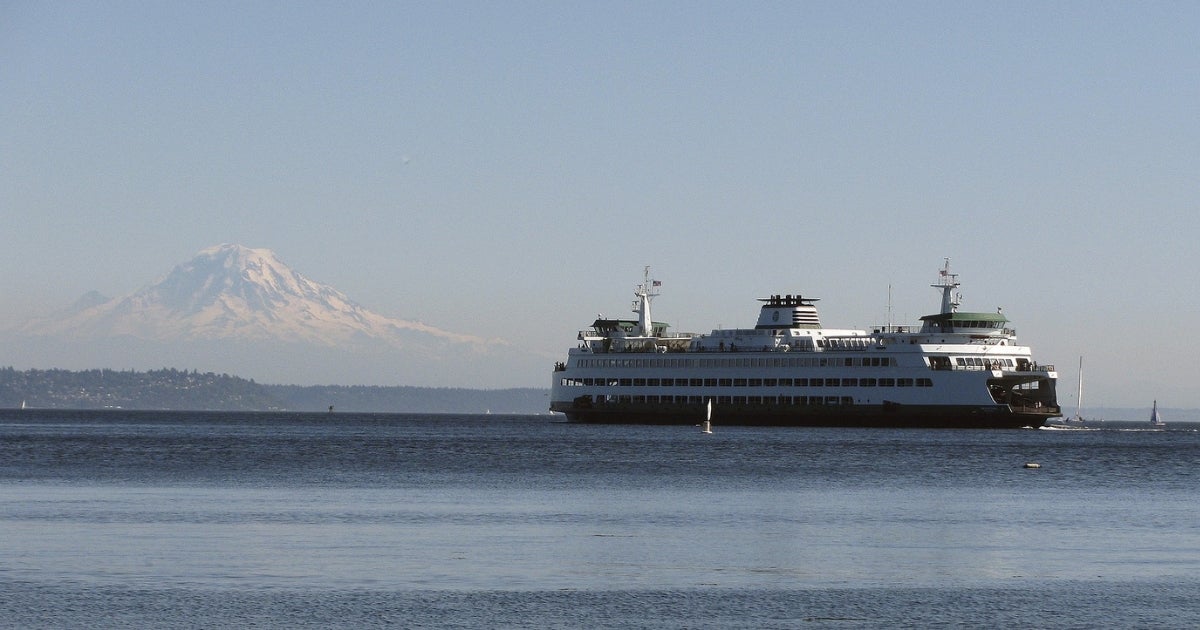
Washington state’s cap-and-invest program continues to deliver for communities
Cap-and-invest continues to be Washington’s best tool for cutting pollution and delivering investments to communities. As linking with the California-Quebec program comes closer to being a reality, the continued success of Washington’s program demonstrates how a larger, linked market will benefit all involved.
The program just completed its third auction of the year. Here are the results and what they mean:
Cap-and-invest auctions 101
Washington’s cap-and-invest auctions are administered by the Department of Ecology (Ecology). During the auction, participating entities submitted their bids for allowances. Under the Climate Commitment Act — Washington’s landmark climate law that sets a binding, declining limit on pollution — major emitters in Washington are required to hold one allowance for every ton of greenhouse gas they emit, with the total number of allowances decreasing each year. This system requires Washington’s polluters to reduce their emissions in line with the state’s climate targets, as fewer allowances become available annually.
September auction results
- All 6,937,001 current vintage allowances offered for sale by Ecology were purchased, resulting in the 11th consecutive sold out quarterly auction for Washington.
- The current auction settled at $64.30, $38.45 above the price floor of $25.85 and $5.79 above Washington’s last quarterly auction price of $58.51. Since this auction settled above the Allowance Price Containment Reserve (APCR) Tier 1 price of $60.43, today’s results will trigger an APCR auction to be held in November.
- This auction is projected to generate roughly $296 million in revenue, which will be invested into Washington communities to enhance climate resilience, create jobs and improve air quality. A report from Ecology confirming the amount of revenue raised in this auction will be published later this month.
What factors could be at play with these results
Today’s results show prices trending back towards their 2023 levels, with demand climbing as market confidence re-stabilizes. Additionally, these results could reflect that covered entities were likely seeking to out-bid each other to secure their final allowances before the upcoming November 1 compliance deadline, when covered entities must surrender allowances to cover 30% of their 2024 emissions.
Since today’s prices are above the Allowance Price Containment Reserve (APCR) Tier 1 price of $60.43, this auction will trigger an APCR auction to be held in November. Washington has held APCR auctions previously, and you can find more about how this price containment feature operates in this earlier blog. The November APCR auction will be held after the annual compliance deadline, so allowances from that auction will not be eligible to use for compliance this year.
Prior to the November APCR auction, Ecology will be holding a separate, pre-compliance APCR auction in October, and the allowances from that auction are eligible for compliance. Ecology holds APCR auctions in the event that prices reach a certain level (this is the November APCR auction), and also holds APCR auctions in advance of an annual compliance deadline each year. Next month’s APCR auction falls into the latter camp — it is an opportunity for covered entities to purchase allowances from a specifically designated allowance pool in case they haven’t obtained sufficient allowances to cover their 2024 emissions before the compliance deadline. The allowances in an APCR auction come from a set aside portion of allowances that is still below the overall emissions cap for the program, so these auctions help to contain prices and demand without violating the emissions integrity of this important program.
Steady progress towards linkage
Washington has also continued to take steps towards program linkage with California and Quebec, and recently concluded an informal comment period on its ongoing linkage rulemaking. Ecology has stated that they expect to share a draft rule by early 2026, which will lay out the logistics of integrating Washington’s market with the linked California-Quebec market, which have been operating jointly for over ten years.
Linkage would deliver major benefits to all participants. By joining a larger, well-established market, Washington can accelerate and deepen emissions cuts while lowering compliance costs for companies and supporting a more stable, predictable market overall. Recent research on the impacts of linkage shows that linkage would lead to “greater regional emissions reductions, more regional environmental benefits, and a more affordable program”. In a linked market, participating entities are able to translate those lower compliance costs into investment in pollution reductions in the near-term. Because allowances generally get more expensive over time as fewer are available, making investments now helps to avoid future higher costs of compliance. A bigger, linked market also brings more stability and predictability, while offering covered entities a wider set of cost-effective options for reducing emissions.
Investing in climate solutions
After eleven successful auctions, Washington’s cap-and-invest program is showing how it delivers emissions reductions and creates lasting benefits for people across the state. Billions of dollars in revenue are already being put to work on projects that cut pollution, expand clean energy, improve air quality and build resilience to wildfires and other climate impacts. Importantly, a significant share of these revenue investments is directed towards Washington’s overburdened communities hit hardest by pollution and the effects of climate change.
As Washington continues to run successful auctions and build momentum toward linkage with Quebec and California, the state is showing that ambitious climate policy can also deliver economic opportunity and healthier communities. Each auction not only reinforces the integrity of the cap-and-invest system, but also secures real, lasting benefits for Washingtonians.












